Special rice varieties
The LC93-1 upland rice variety, grown on inefficient fertile soil in Huong Khe district, Ha Tinh province, does not require irrigation and drainage systems. The results are not inferior to wet rice cultivation, opening up a new direction in transforming crop structure and increasing income for people in this mountainous district.
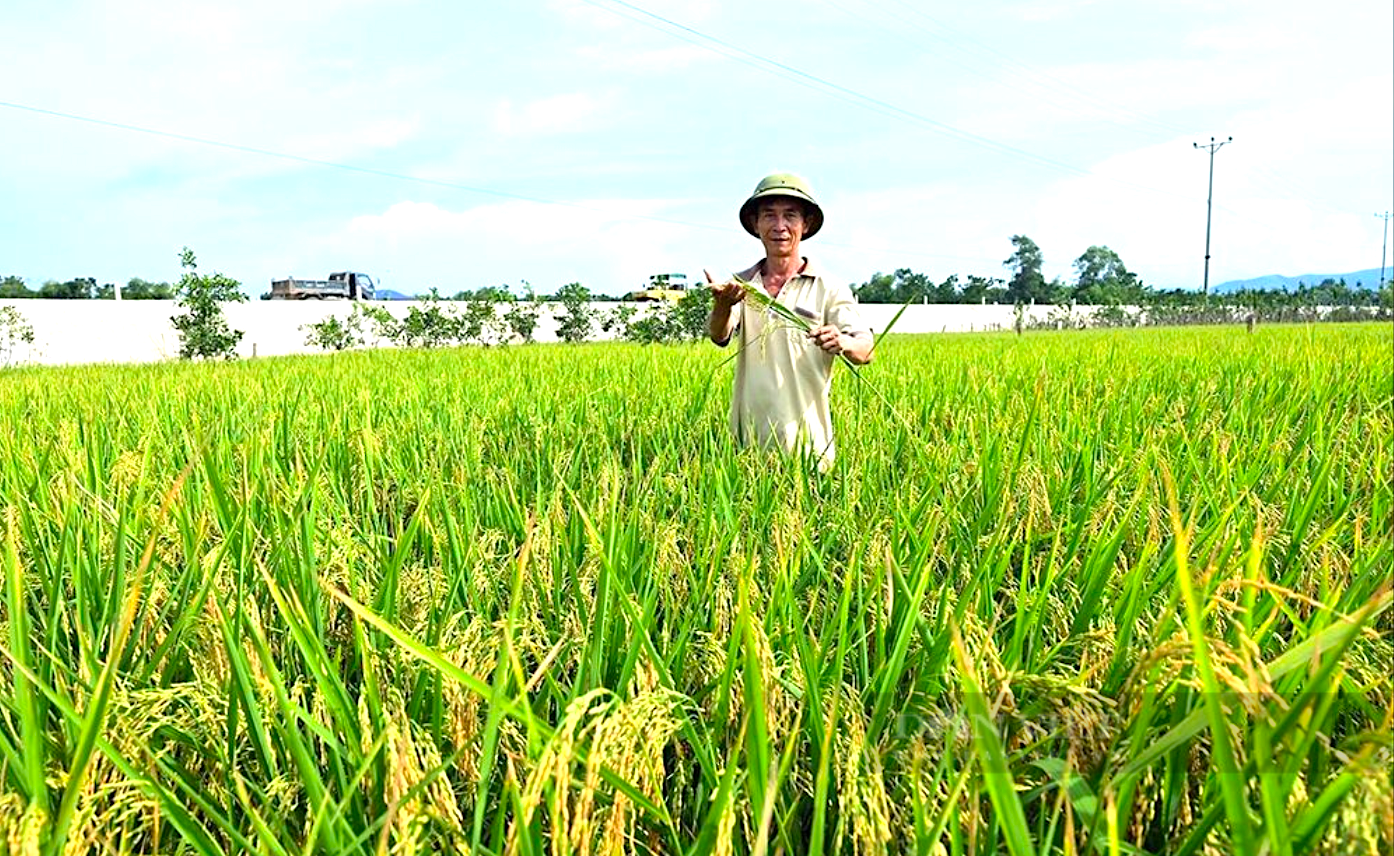
The LC93-1 upland rice variety grows well and gives high yields on ineffective fertile land in Huong Khe district, Ha Tinh province. Photo: DC
Mr. Tran Dinh Luyen, residing in Huong Binh village, Loc Yen commune, Huong Khe district, said: "My family has boldly converted more than 1 sao of ineffective color land to test growing the LC93-1 upland rice variety introduced by the commune. During the test planting process, the upland rice variety has stable yield and good drought resistance. This summer-autumn crop, my family expanded the upland rice production area to 3 sao."
"Since planting dry rice, the yield has been quite high, the first crop reached about 2 quintals/sao, then increased to 2.5-2.7 quintals/sao. I have both rice to eat and straw to raise cattle. Up to now, I have grown dry rice on all 3 acres of previously abandoned fertile land," Mr. Luyen shared.
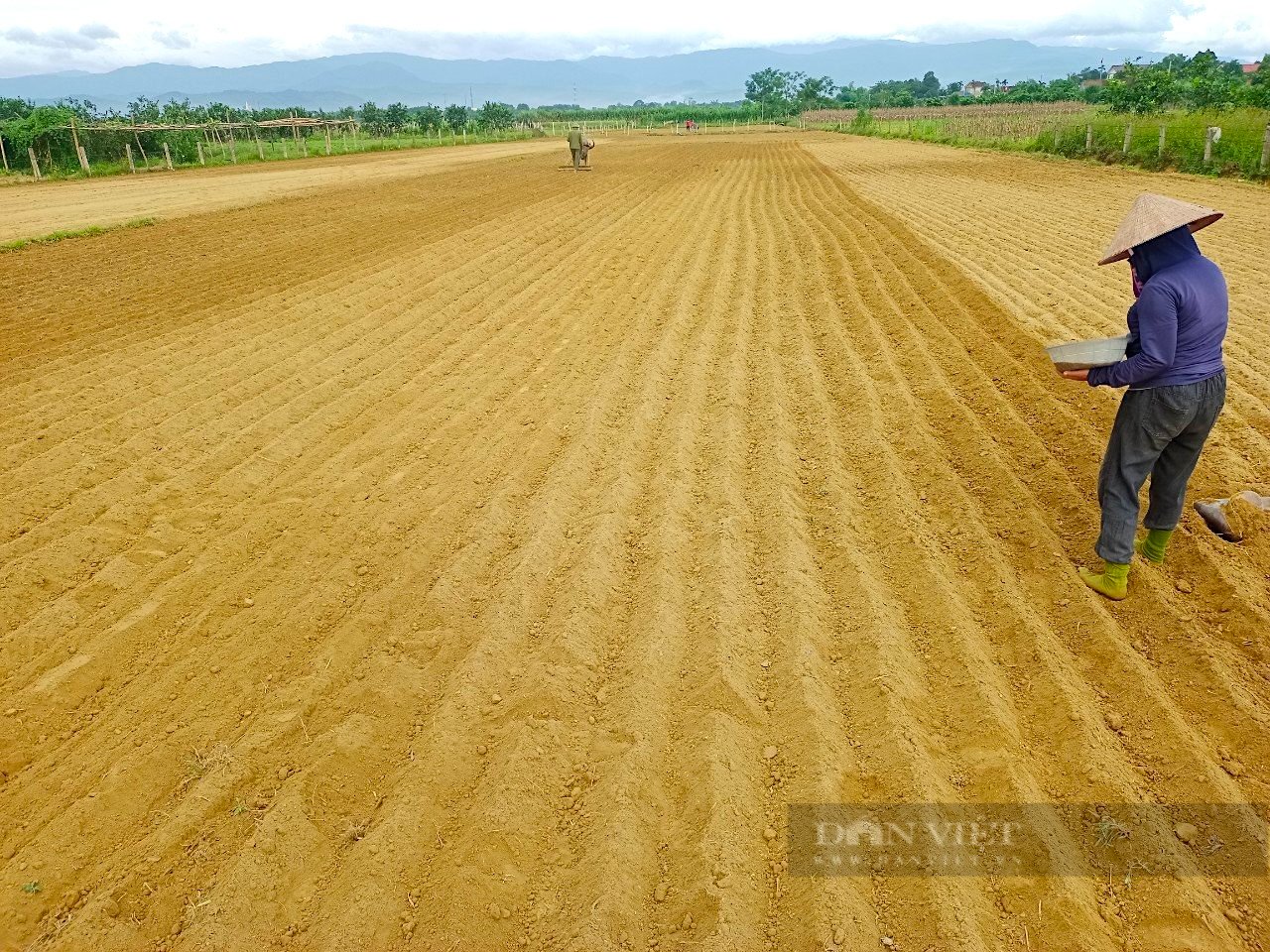
Upland rice variety LC93-1 is planted in rows on inefficient land in Huong Khe district, Ha Tinh province. Photo: PV
Ms. Vo Thi Hien, residing in Huong Giang village, Loc Yen commune, Huong Khe, said: "Producing dry rice varieties is easy to do and easy to care for. Just plow, make ridges and sow seeds straight in rows. In the stage before the rice is ready to till, people have to work hard to weed and hoe, so that the rice does not compete for nutrients and grows and develops well.
Each sao of dry rice yields nearly 3 quintals, which is higher than the yield of spring rice. In particular, this rice variety produces delicious, fragrant rice, which is popular with people. Last year, my family sold seed rice for 12,000 VND/kg, and edible rice for 8,000-10,000 VND/kg.
"The income from each sao of dry rice cultivation is over 2.5 million VND, while if you grow beans, you only earn about 1 million VND per sao, sesame cultivation gets a maximum of about 1.5 million VND, and dry rice cultivation is 2 to 3 times higher," said Ms. Vo Thi Hien excitedly.
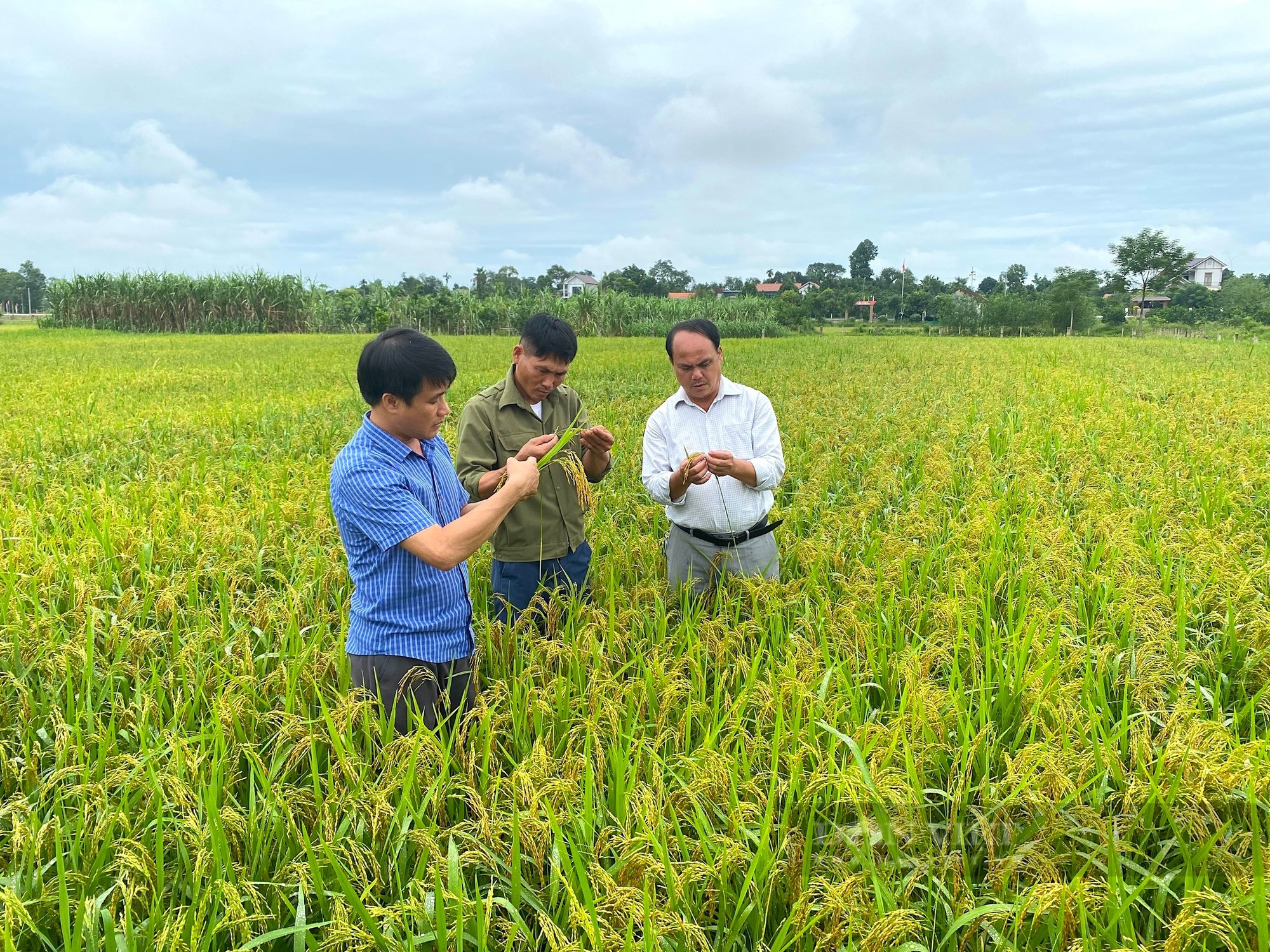
Professional staff check the growth process of the LC93-1 upland rice variety. Photo: PV
Huong Khe is one of the mountainous districts located in the arid area of Ha Tinh, the annual temperature in the summer always increases from 0.5 to 1 degree Celsius compared to other places. Although the area has a system of rivers, streams, lakes and dams, most of the irrigation works are small, so irrigation work is very difficult.
Increasing area, greening land is less effective
Every year, the locality organizes a review and evaluation of the production results of each crop to develop a suitable production plan. Especially when some crops such as corn, sesame, and beans are grown in the summer-autumn crop on high and dry land, bringing low economic efficiency.
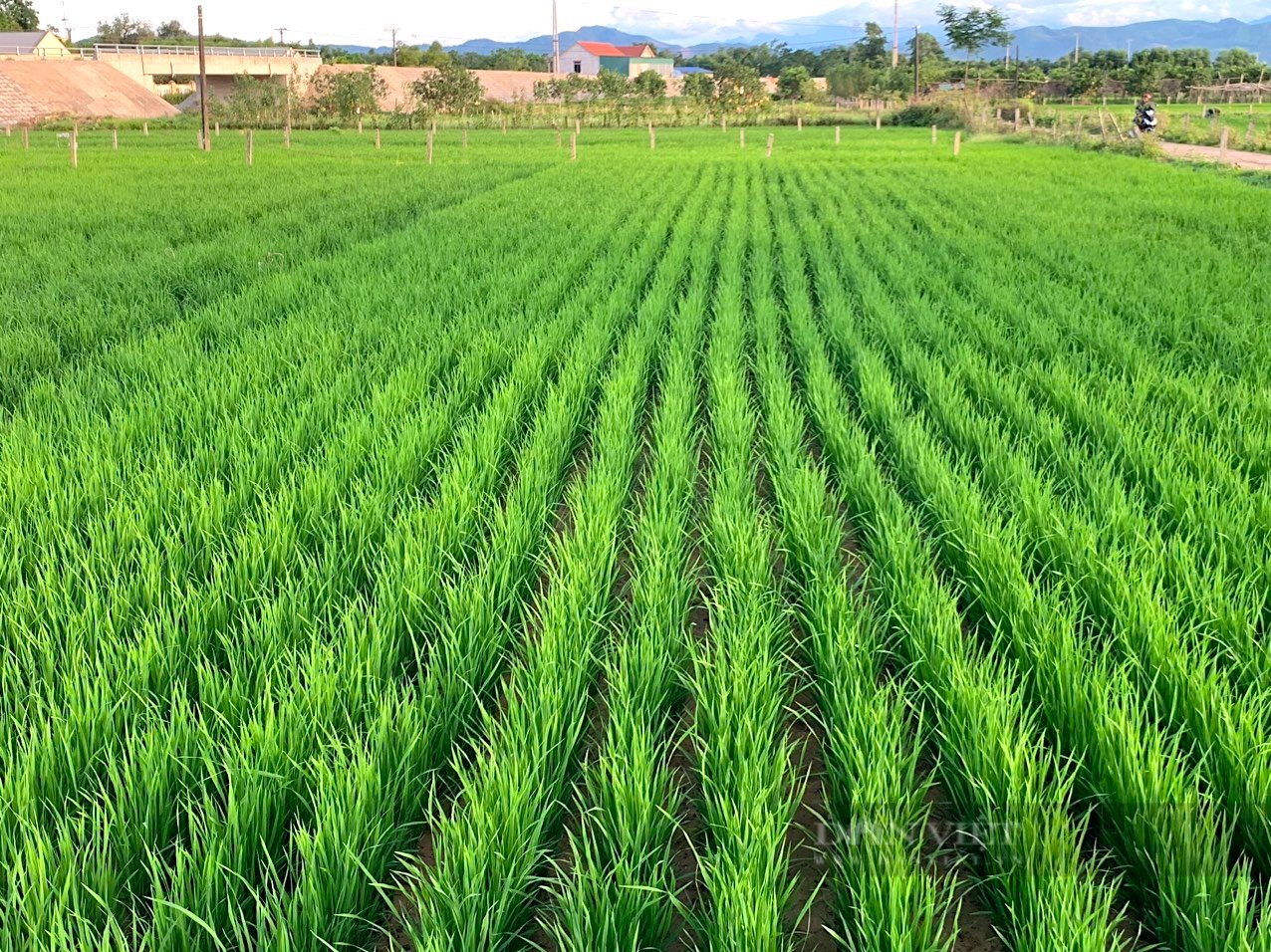
LC93-1 upland rice variety grows well on dry fertile soil in Huong Khe district, Ha Tinh province. Photo: PV
The implementation of conversion and introduction of plant varieties suitable to the conditions and level of cultivation into production has been focused on by the locality. Upland rice has been planted on a trial basis, showing its adaptability to cultivation and climate conditions, bringing visible results, so the area has been expanded year by year.
Mr. Nguyen Van Ngoc, Vice Chairman of Loc Yen Commune People's Committee, said: "LC93-1 upland rice variety was brought from Dak Lak province for trial planting in 2021. In 2022, production increased to 5 hectares, gradually increasing the area, and by the summer-autumn crop of 2024, it had expanded to 40 hectares.
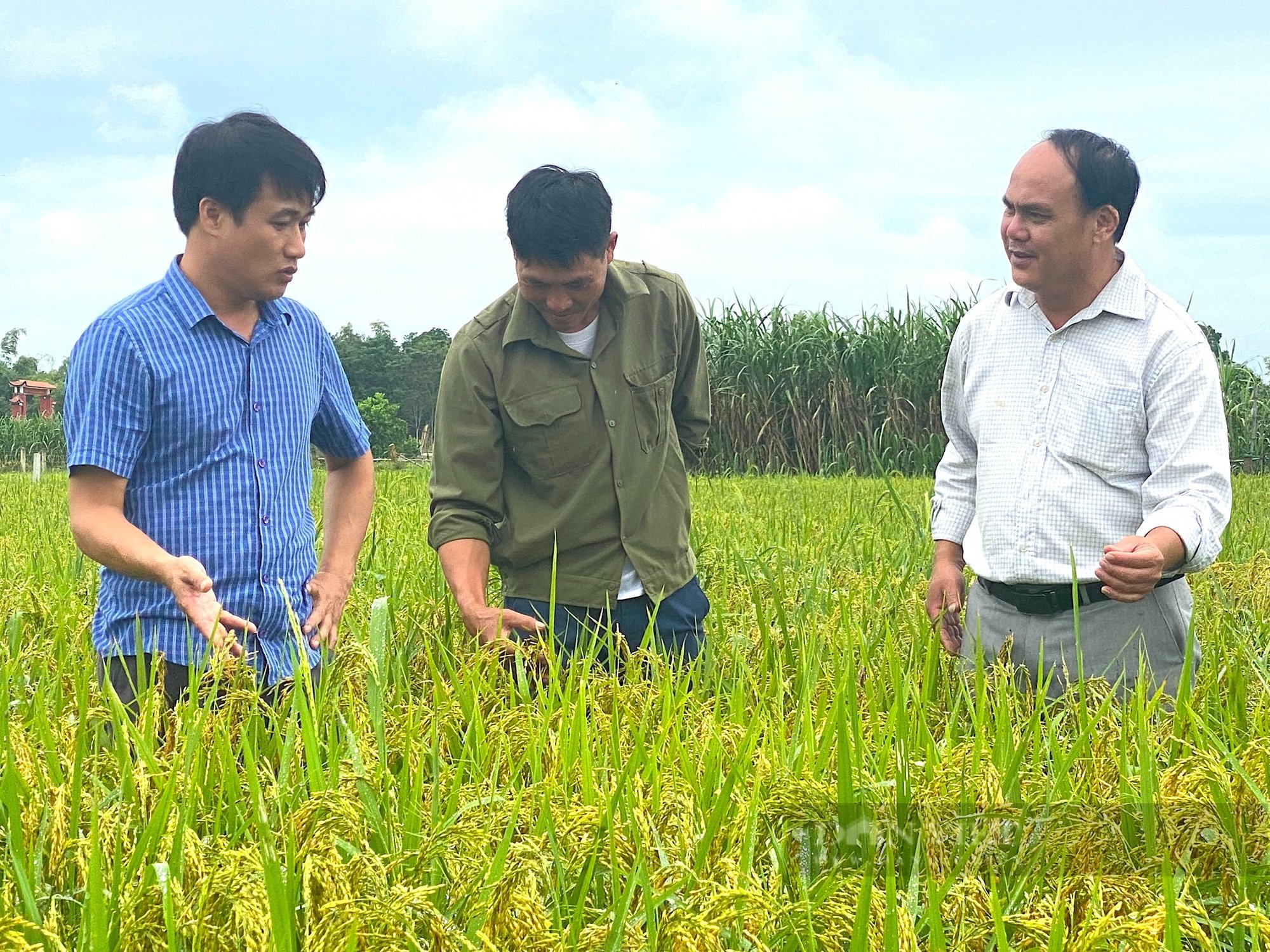
Up to now, the entire Huong Khe district, Ha Tinh has expanded the area of dry rice cultivation by 50 hectares. Photo: PV
Compared to other crops, rice cultivation on dry land has outstanding economic value while the cultivation conditions are quite simple. This rice variety has good resistance to pests and diseases, natural disasters, is easy to grow and care for, and its productivity is not inferior to that of wet rice. In addition, rice stalks grown on dry land are one and a half times better than wet rice stalks, and agricultural by-products are also used for livestock farming.
Currently, many people in some communes such as Phuc Dong, Huong Lam, Huong Lien, Huong Do are also converting ineffective bean and sesame growing areas to grow dry rice varieties. This summer-autumn crop, the hot weather has lasted for a long time but the dry rice areas are still green and lush, the entire area has been harvested. Ensuring safety, avoiding adverse weather.
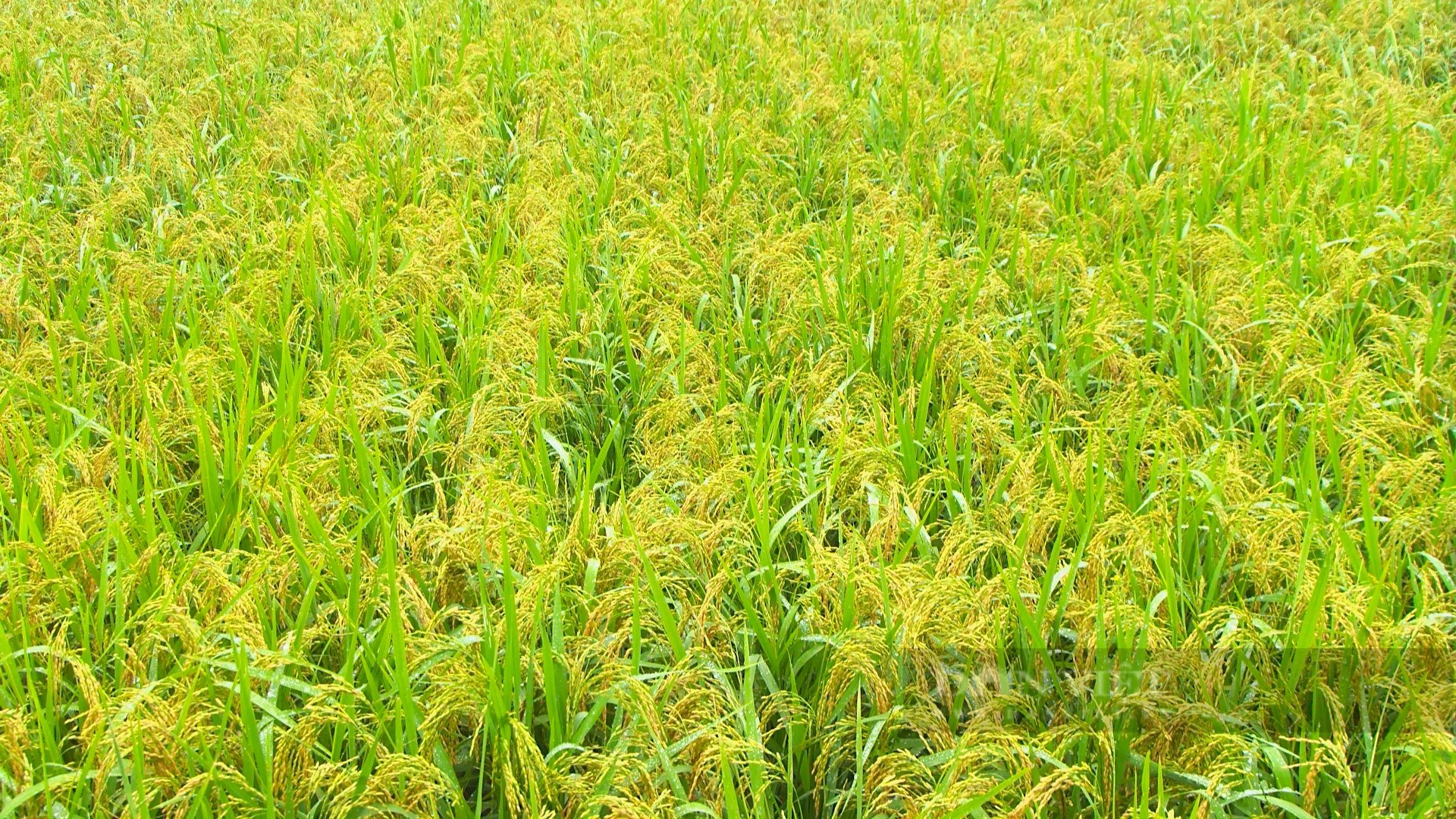
The cultivation technique for LC93-1 upland rice variety is simple, just need to make beds, sow seeds without watering. Photo: PV
Talking to Dan Viet reporter, Ms. Le Thi Tham, Deputy Head of the Department of Agriculture and Rural Development of Huong Khe district, said: "Dry rice grows and develops well, with a yield of about 2.7-3 quintals/sao (500m2 sao). With good drought resistance, simple planting process, and few pests and diseases, the district has expanded nearly 50 hectares of this rice variety, and is continuing to encourage people to expand the area in dry lands in localities in the district."
"The district's Department of Agriculture and Rural Development will advise the district People's Committee on policies and mechanisms to support people and expand the area of dry rice cultivation to reduce the area of abandoned fertile land. It is determined to be a direction to convert the crop structure appropriately, increase economic efficiency per unit area, and increase income for people," said Ms. Le Thi Tham, Deputy Head of the Department of Agriculture and Rural Development of Huong Khe district.
Source: https://danviet.vn/giong-lua-trong-duoc-tren-can-it-cong-cham-soc-ma-nang-suat-lai-cao-nong-dan-ha-tinh-thich-me-20240912082339621.htm



![[Photo] Bustling Mid-Autumn Festival at the Museum of Ethnology](https://vphoto.vietnam.vn/thumb/1200x675/vietnam/resource/IMAGE/2025/10/4/da8d5927734d4ca58e3eced14bc435a3)
![[Photo] Solemn opening of the 8th Congress of the Central Public Security Party Committee, term 2025-2030](https://vphoto.vietnam.vn/thumb/1200x675/vietnam/resource/IMAGE/2025/10/4/f3b00fb779f44979809441a4dac5c7df)
![[Photo] General Secretary To Lam attends the 8th Congress of the Central Public Security Party Committee](https://vphoto.vietnam.vn/thumb/1200x675/vietnam/resource/IMAGE/2025/10/4/79fadf490f674dc483794f2d955f6045)


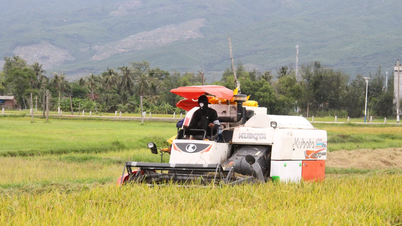

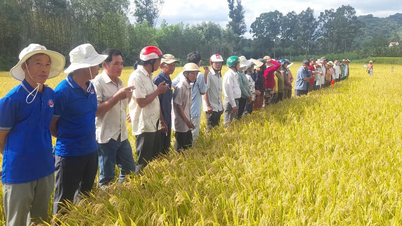


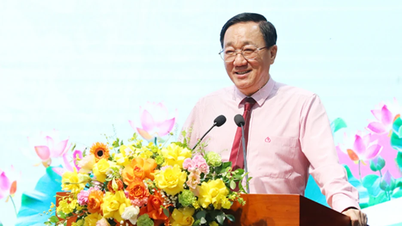



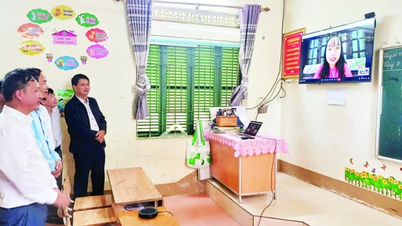
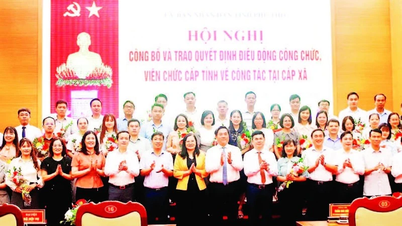
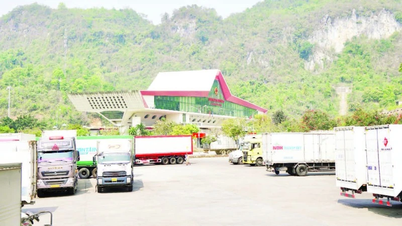
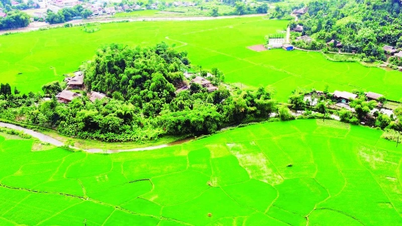





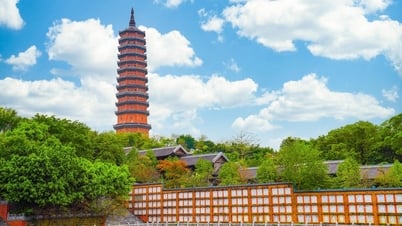

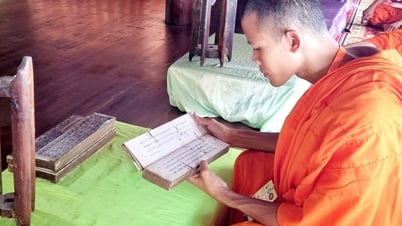
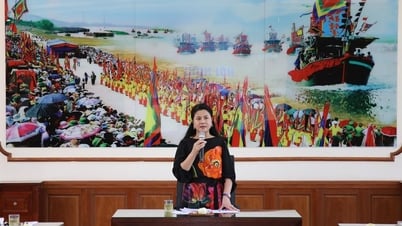
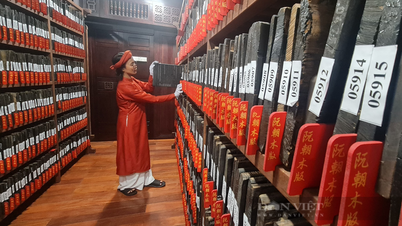

![[Infographic] Notable numbers after 3 months of "reorganizing the country"](https://vphoto.vietnam.vn/thumb/1200x675/vietnam/resource/IMAGE/2025/10/4/ce8bb72c722348e09e942d04f0dd9729)

























![[VIDEO] Summary of Petrovietnam's 50th Anniversary Ceremony](https://vphoto.vietnam.vn/thumb/402x226/vietnam/resource/IMAGE/2025/10/4/abe133bdb8114793a16d4fe3e5bd0f12)
![[VIDEO] GENERAL SECRETARY TO LAM AWARDS PETROVIETNAM 8 GOLDEN WORDS: "PIONEER - EXCELLENT - SUSTAINABLE - GLOBAL"](https://vphoto.vietnam.vn/thumb/402x226/vietnam/resource/IMAGE/2025/7/23/c2fdb48863e846cfa9fb8e6ea9cf44e7)

















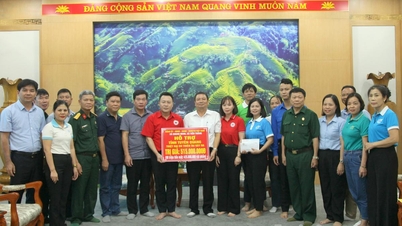

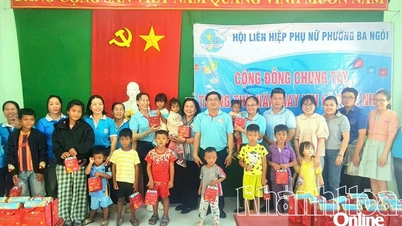

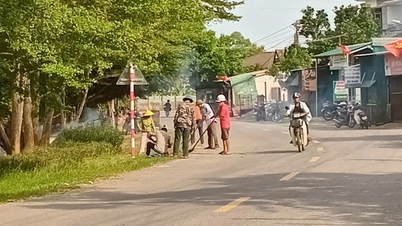
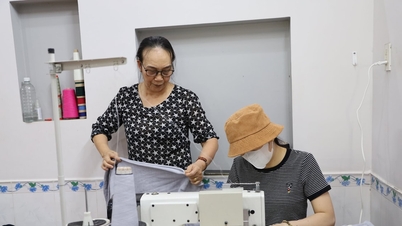

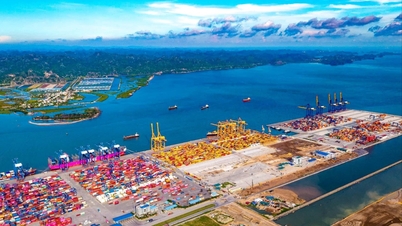

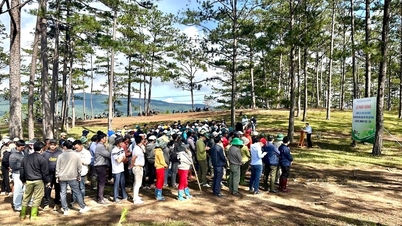





Comment (0)